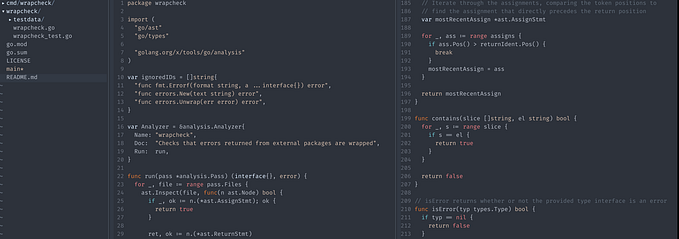How I’m Going To Begin Conducting Just Enough Research
“Research is just another name for critical thinking.”- Erika Hall
The above quote is from the book, Just Enough Research by Erika Hall. This book underlines the importance of good research in every field, with emphasis on design. If conducted well, research ensures you are building the right product for the right people.
The author uncovered depths in research I never knew existed, giving me a more thorough understanding of concepts I previously thought I understood perfectly.

Inasmuch as a lot of research methodologies were outlined in the book, one thing really stood out for me; conducting an analysis session.
The purpose of an analysis session is to come up with patterns and observations gotten from the interview sessions to actionable insights which will influence design decisions. Analysis sessions are very important because, very often, you find people not correctly analyzing data, often leading to bad decisions. I will admit, analyzing research has never been my strong point.
Meanwhile, the author suggests that there should be some ground rules for your analysis sessions, especially when doing this with a team. Some of the tips include: focusing solely on the user a nd their needs, stickling to insights and principles(no proposing solutions till the end of the analysis session) and clearly differentiating observations from interpretations.
Of course, you can add your own ground rules before starting the analysis session proper.
So, here are the steps to follow for an analysis session:
- Summarize the goals and process of the research: summarize the goals of the research according to your research plan, stating what your research was intended to achieve. Also, what process did you follow? The people from your team who participated and their roles(If you are working with a team).
- Describe who you spoke with, under which circumstances: get the number of people who were interviewed and the conditions under which they were interviewed; physical or virtual.
- Describe how you gathered the data: your data might be in the form of videos, photos, notes, audio recordings and even screen captures. All these should be in a shared drive, of course, to avoid losing any significant information.
- Describe the type of analysis you will be doing: outline the type of analysis you will be doing.
- Pull out quotes and observations: Earlier in the book, it was suggested that notes should be taken during an interview session; even if the session was recorded. So, pull out these quotes you may have noted down and the facts you learned from the interviews.
- Group the quotes and observations that typify a repeated pattern into themes: Carefully monitoring your quotes and observations, you would find common patterns emerging. Group them together into themes(actionable insights).
- Summarize findings, the patterns you noticed, the insights you gained from these patterns, and their implication for the design: state the patterns you noticed, your clear understanding of these patterns and how they would influence your design decisions.
- Document the analysis in a shareable format: your documented analysis should be easily shareable. You could use a Google document or a PDF which can easily be shared.
Having said earlier that the purpose of an analysis session is to come up with patterns and observations gotten from the interview sessions to actionable insights which will influence design decisions, the author goes ahead to describe the characteristics of the data you’re looking to analyze. The quotes and observations that indicate:
- Goals: what your target users/research participants intend to accomplish which your product or service is supposed to help them with?
- Priorities: what is the most important thing to the participant?
- Tasks: these are the actions the participant would take to reach their goals.
- Motivators: the situation that triggers the actions for the tasks.
- Barriers: the challenges that would get in the way of the participant doing the task and accomplishing their goal.
- Habits: what are their established patterns of behavior; things they do regularly.
- Tools: these are objects the participant interacts with while doing the task.
- Environment: what is going on presently that would affect or influence the participant’s desire and ability to accomplish their goals.
- Relationships: the people the participant interacts with while doing the tasks.
Another thing that stood out for me, was how to create a mental model diagram to illustrate your user’s thought processes in detail.
A mental model is a sum total of what a person believes about the situation or object at hand, how it functions and how it’s organised. Everyone has existing mental models, including designers.
As a designer, you already have a mental model of what you’re designing, assumptions of your users, what they know and how they will interact with your designs. Documenting your users’ mental models(with a diagram), will help you overcome your assumptions and get out of your head to design for your users first.
These are the steps to create a mental model diagram:
- Do user research: obviously, you have to first conduct research to know the existing mental models your target or already existing users have.
- Make an affinity diagram: affinity diagrams are made to help turn patterns and observations into themes and actionable insights.
- Place affinity clusters in stacks representing the user’s cognitive space: the clusters in your affinity diagram should be placed in stacks(groups) representing your users’ levels of perception. These groups will include feelings, actions and beliefs.
- Group the stacks around the tasks or goals they relate to: group the stacks you made around the related tasks or goals of your users.
In conclusion, the book was very detailed and insightful. Going forward, I intend to revise my research methods to fit with the steps outlined in her book. This especially includes following Erika Hall’s steps for conducting analysis sessions and creating mental models to better design for your users.










